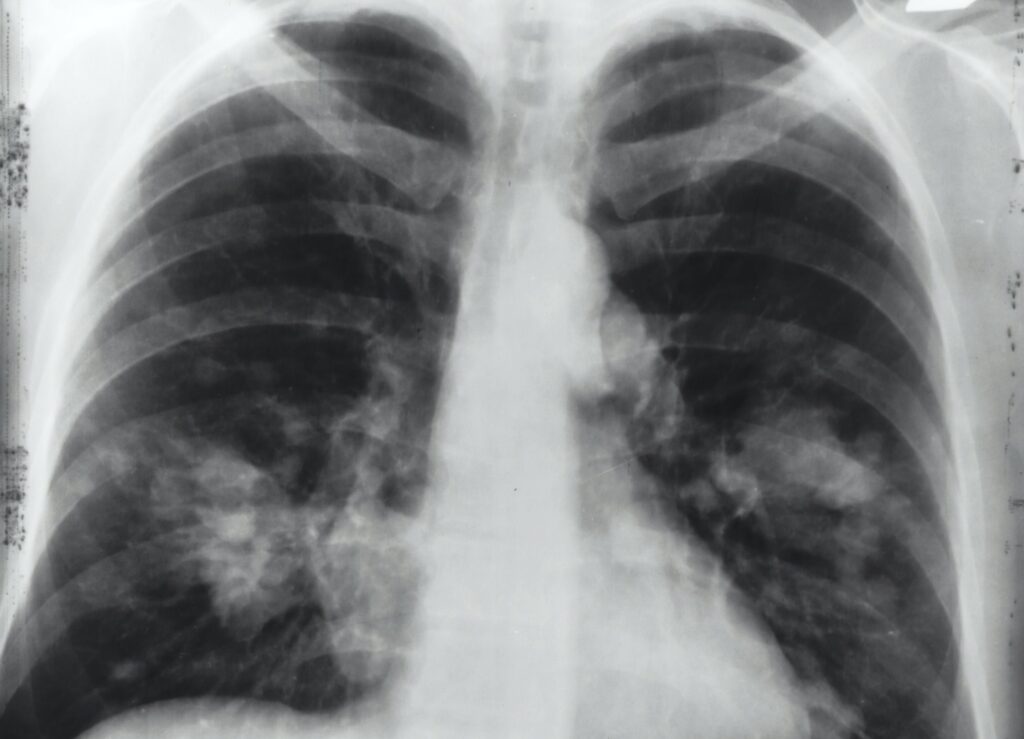News Report Points to Asbestos and Other Environmental Hazards in Philadelphia Schools

Too many times, asbestos issues have come up in America’s schools. U.S. government officials have sent out a call to encourage school districts to plan carefully to remove asbestos before it becomes an issue. Now, schools in Philadelphia are faced with “serious environmental hazards” and students and employees face health risks from lead, mold, and asbestos.
The Inquirer and Daily News conducted an in-depth investigation into the condition of public schools in Philadelphia, identifying more than 9,000 environmental problems dating back to September 2015. Their findings reveal “filthy schools and unsafe conditions — mold, deteriorated asbestos, and acres of flaking and peeling paint likely containing lead — that put children at risk.”
According to the report, about 90 percent of the district’s schools were built before 1978. Asbestos was a common part of construction materials used in U.S. buildings up until the 1980s, and lead paint was banned from residential use in 1978. Schools built prior to the 1980s more than likely were built with materials that contain asbestos and/or lead, and unless the schools have undergone extensive renovations, they still harbor the dangerous materials.
The Asbestos Hazard Emergency Response Act (AHERA), established in 1986 to protect teachers, students and all school employees from asbestos exposure, requires local education agencies to inspect for and manage asbestos containing materials.
The investigative team from the Inquirer interviewed 120 teachers, nurses, parents, students, and experts, and had staff members at over 19 schools use surface wipes to gather samples from throughout the schools to test for lead dust, mold spores, and asbestos fibers.
Results of the testing conducted at a “nationally accredited lab” revealed “dangerously high levels of cancer-causing asbestos fibers” in classrooms, gymnasiums, auditoriums, and hallways. Residue was reported to be from crumbling pipe insulation, damaged floor tiles, and deteriorating ceilings.
When intact, asbestos does not pose a problem, but when asbestos-containing materials become damaged and must be abated (or removed) the size and scope of construction projects can quickly spiral out of control. The Philadelphia school district found this out with school officials saying it could take $3 billion over the next 10 years to build new schools, replace roofs and heating systems, and finish all urgent repairs, according to Education Week.
Although school officials disputed some of the information in the report, they do acknowledge there is work to do to clean up the schools.
“We want to be proactive in identifying, assessing, controlling, and preventing environmental health conditions in our schools,” said Francine Locke, the district’s environmental director. “So we go above and beyond regulations when we collect data about dampness, mold, paint, and plaster damage.”
According to the U.S. Environmental Protection Agency there is no safe level of asbestos exposure. Once exposed to the toxic mineral, a person faces a lifelong risk of developing asbestos-related diseases, such as mesothelioma, a terminal cancer. The disease has a decades-long incubation period, often not revealing itself for 15-60 years after exposure.
If you are concerned about asbestos in your child’s school, contact your school administrator. According to the EPA, your local school district/local education agency must nominate a “designated person” to perform and delegate, if necessary, the management of asbestos in a school building. This person should be able to address any specific concerns you have about management of asbestos in your child’s school.
For any legal assistance you need, you can contact our trusted asbestos attorneys at Belluck & Fox, LLP. We also have locations at Albany, Rochester and Woodstock.




